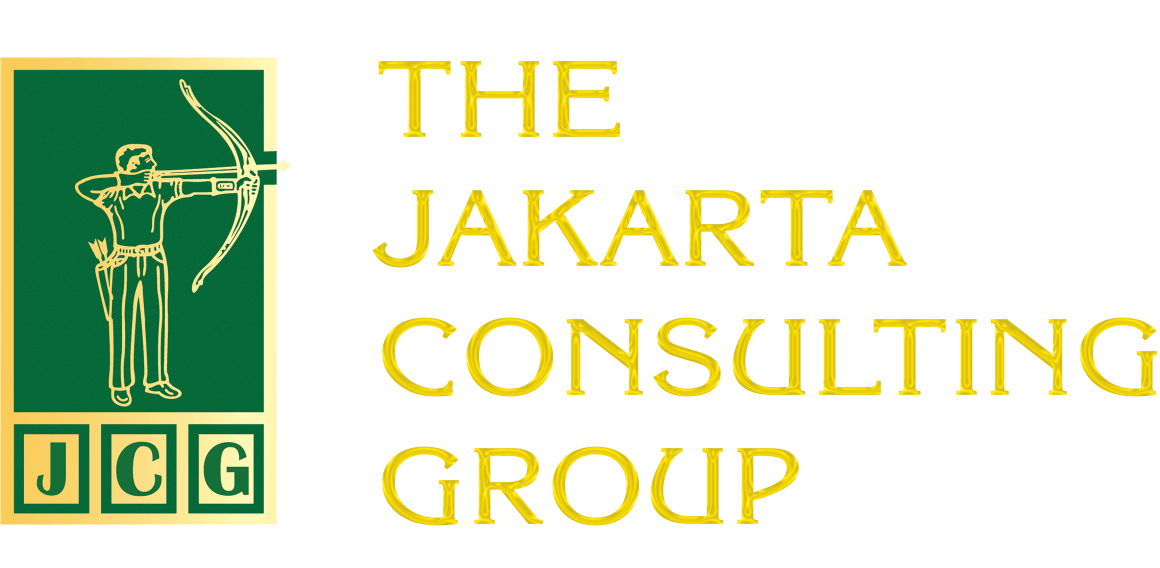The rapid pace of change in today’s environment has made companies more aware of the importance of adaptability, which is the ability to move quickly to take advantage of opportunities, adjust to the speed of market changes, and avoid complacency. However, adaptability alone is no longer enough. Successful companies, according to Birkinshaw and Gibson, are not only nimble, innovative and proactive. They are also good at creating value from current assets, innovating existing business models, and making adjustments to operating costs.
They have the equally important capability of alignment, which is a clear concept of how to create value in the short term and how activities are coordinated and streamlined to deliver that value. This ability to adapt and align is called organizational ambidexterity. There must be a balance between adaptability and alignment. Focusing too much on alignment and short-term results can result in a company sooner or later becoming complacent to change. Conversely, focusing too much on adaptability means building the business of the future while ignoring the conditions of the present.
An agile organization, according to Slocum, is good at separating its operations to support activities that protect its current market strategy from those needed to create new opportunities. It is able to reposition its resources to respond to a rapidly evolving customer market. It is also able to respond to heightened competitive pressures in a relatively short period of time. Agile organizational design creates distinctive units with unique processes, structures and cultures that are specific to early-stage innovation. These units also have the distinctive approaches, activities and behaviors required for new product launches. Agile company executives can create separate business units to explore and develop innovative breakthroughs, while at the same time keeping existing business units intact.
To become an agile company, according to OReilly and Tushman, a company must understand when it is appropriate to focus on cost efficiency and short-term financial gains and when it is appropriate to focus on creating innovation and growth. In addition, companies must also be good at combining: managerial competencies with entrepreneurial competencies; formal and mechanistic organizational structures with adaptive and loose organizational structures; margins and productivity with growth as a means of control and reward; a culture of efficiency, low risk, quality, and customers with a culture of risk-taking, speed, flexibility, and experimentation; authoritative and top down leadership roles with visionary and engaging leadership roles. In other words, an agile company must be able to blend contradictory goals, critical tasks, competencies, structures, controls, rewards, cultures, and leadership patterns.
These qualities must be supported by agile leadership, which creates alignment through integrating senior teams and shared vision and values.They have the equally important capability of alignment, which is a clear concept of how to create value in the short term and how activities are coordinated and streamlined to deliver that value. This ability to adapt and align is called organizational ambidexterity. There must be a balance between adaptability and alignment. Focusing too much on alignment and short-term results can result in a company sooner or later becoming complacent to change. Conversely, focusing too much on adaptability means building the business of the future while ignoring the conditions of the present.An agile organization, according to Slocum, is good at separating its operations to support activities that protect its current market strategy from those needed to create new opportunities. It is able to reposition its resources to respond to a rapidly evolving customer market. It is also able to respond to heightened competitive pressures in a relatively short period of time. Agile organizational design creates distinctive units with unique processes, structures and cultures that are specific to early-stage innovation. These units also have the distinctive approaches, activities and behaviors required for new product launches.
Agile company executives can create separate business units to explore and develop innovative breakthroughs, while at the same time keeping existing business units intact.To become an agile company, according to OReilly and Tushman, a company must understand when it is appropriate to focus on cost efficiency and short-term financial gains and when it is appropriate to focus on creating innovation and growth. In addition, companies must also be good at combining: managerial competencies with entrepreneurial competencies; formal and mechanistic organizational structures with adaptive and loose organizational structures; margins and productivity with growth as a means of control and reward; a culture of efficiency, low risk, quality, and customers with a culture of risk-taking, speed, flexibility, and experimentation; authoritative and top down leadership roles with visionary and engaging leadership roles. In other words, an agile company must be able to blend contradictory goals, critical tasks, competencies, structures, controls, rewards, cultures, and leadership patterns. These qualities must be supported by agile leadership, which creates alignment through integrating senior teams and shared vision and values.
One example of an organizational agility success story is Ciba Vision, a company that sells contact lenses and eye care products. Despite diligent innovation, by the mid-1980s it was still lagging behind Johnson & Johnson (J&J). The threat became more apparent when J&J launched disposable contact lenses in 1987. By the early 1990s, it was clear to Glenn Bradley, president of Ciba Vision, that without new product breakthroughs, the company was at risk. In order to survive and grow, Ciba Vision had to continue to monetize its conventional contact lens business, and at the same time come up with breakthroughs.
In 1991, Bradley launched a six-step development project, which included four new products and two new manufacturing processes. He also discontinued dozens of small-scale research and development (R&D) initiatives so that funds would be available for breakthroughs. Bradley decided to create independent units for his new projects, each with its own marketing, R&D, and finance functions. The new units also had different structures, processes and cultures. Bradley took a number of steps to integrate management across the company. First and perhaps most importantly, he ordered development project leaders to report to Adrian Hunter, vice president of R&D, who had in-depth knowledge of the company’s business and close relationships with executives throughout the company.
Bradley and his team also introduced a new vision statement for Ciba Vision, Healthy eyes for life, which emphasized the link between breakthrough initiatives and conventional operations. The incentive system also underwent changes.
As a result, in the next five years Ciba Vision successfully launched a series of new products, pioneered a lower-cost manufacturing process, and managed to beat J&J in a number of segments. While its conventional lens business was still quite profitable Ten years after the development project was launched, sales tripled.
Agile companies are able to optimally utilize their resources to maintain a profitable business, while also innovating and seeking new opportunities for growth and development.
Related Posts:
When Google’s Business Domination is on the Line
Local vs Global Business Ethics: Management Challenges in Multinational Corporations
Inspiring Story of a Local Entrepreneur: Nurul Atik, Founder of Rocket Chicken
Wealth Strategy Family Business: Learning from the Vanderbilt and Rothschild Families
Get to Know the Types of Holding Company: Which One is Right for You?











